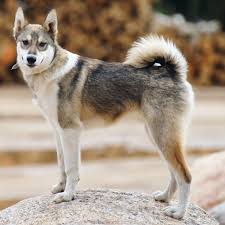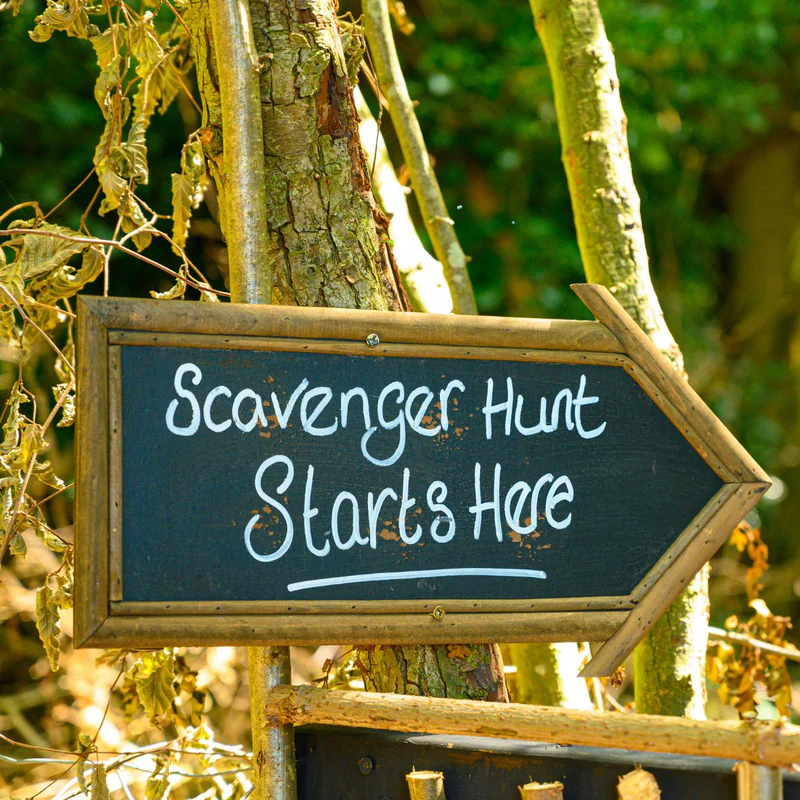
East Siberian Laika
Conditions of detention
The East Siberian Laika is best suited to environments with ample space for exercise, such as rural areas or large, fenced yards. They can adapt to living indoors if provided with sufficient physical and mental stimulation.
Useful Fact: They thrive in colder climates due to their dense double coat, which provides excellent insulation.
Nutrition and diet
A diet rich in protein and fats is ideal for the East Siberian Laika, supporting their high energy levels and active lifestyle. High-quality commercial dog food or a balanced raw diet can meet their nutritional needs.
Useful Fact: Regularly monitor their weight to prevent obesity, which can be managed with portion control and regular exercise.
Health
The East Siberian Laika is generally healthy but can be prone to genetic conditions such as hip dysplasia and progressive retinal atrophy. Regular veterinary check-ups are essential for maintaining their health.
Useful Fact: Ensuring they have a balanced diet and regular exercise can help prevent many common health issues.
Grooming and care
The East Siberian Laika has a thick double coat that is medium in length and can come in various colors, including white, black, gray, and red. Regular brushing, especially during shedding seasons, helps manage their coat and reduce matting.
Useful Fact: Bathing should be infrequent to preserve the natural oils in their coat, which help protect against harsh weather.
Education and training
They are intelligent and independent, requiring consistent and firm training. Positive reinforcement techniques work best for training the East Siberian Laika.
Useful Fact: Early socialization and training are crucial to manage their strong hunting instincts and ensure they are well-behaved around other animals and people.
Toys and entertainment
Interactive toys, puzzle feeders, and activities that challenge their mind and body are ideal. They enjoy tasks that mimic hunting or working, such as fetch or agility training.
Useful Fact: Providing a variety of toys can prevent boredom and destructive behavior.
Safety
Given their hunting instincts, a secure and safe environment is crucial. They should always be on a leash or in a fenced area when outside.
Useful Fact: Training them to respond to recall commands can enhance their safety during outdoor activities.
Accessories
Sturdy leashes, collars, and harnesses are necessary for handling their strength and energy. Comfortable bedding and crates are also important for their rest.
Useful Fact: Using a harness can provide better control during walks and reduce strain on their neck.
Socialization
Early and ongoing socialization with different people, animals, and environments is vital to prevent aggression and fearfulness.
Useful Fact: Regular interactions with other dogs and exposure to various settings can help them develop into confident and friendly pets.
Travel and Transportation
They adapt well to travel, needing secure crates or harnesses for safety during car trips. Gradual acclimation to traveling can make them better companions on long journeys.
Useful Fact: Frequent breaks during travel can help them manage stress and remain comfortable.
Behavior and psychology
The East Siberian Laika is loyal, independent, and has strong hunting instincts. They form close bonds with their families but require mental and physical stimulation to prevent boredom.
Useful Fact: Understanding their need for activity and engagement can help manage their behavior effectively.
Legal aspects
Owning an East Siberian Laika may involve adhering to local leash laws and breed-specific regulations, especially concerning their hunting instincts and energy levels.
Useful Fact: Familiarizing yourself with local laws and regulations can prevent legal issues and ensure responsible ownership.


